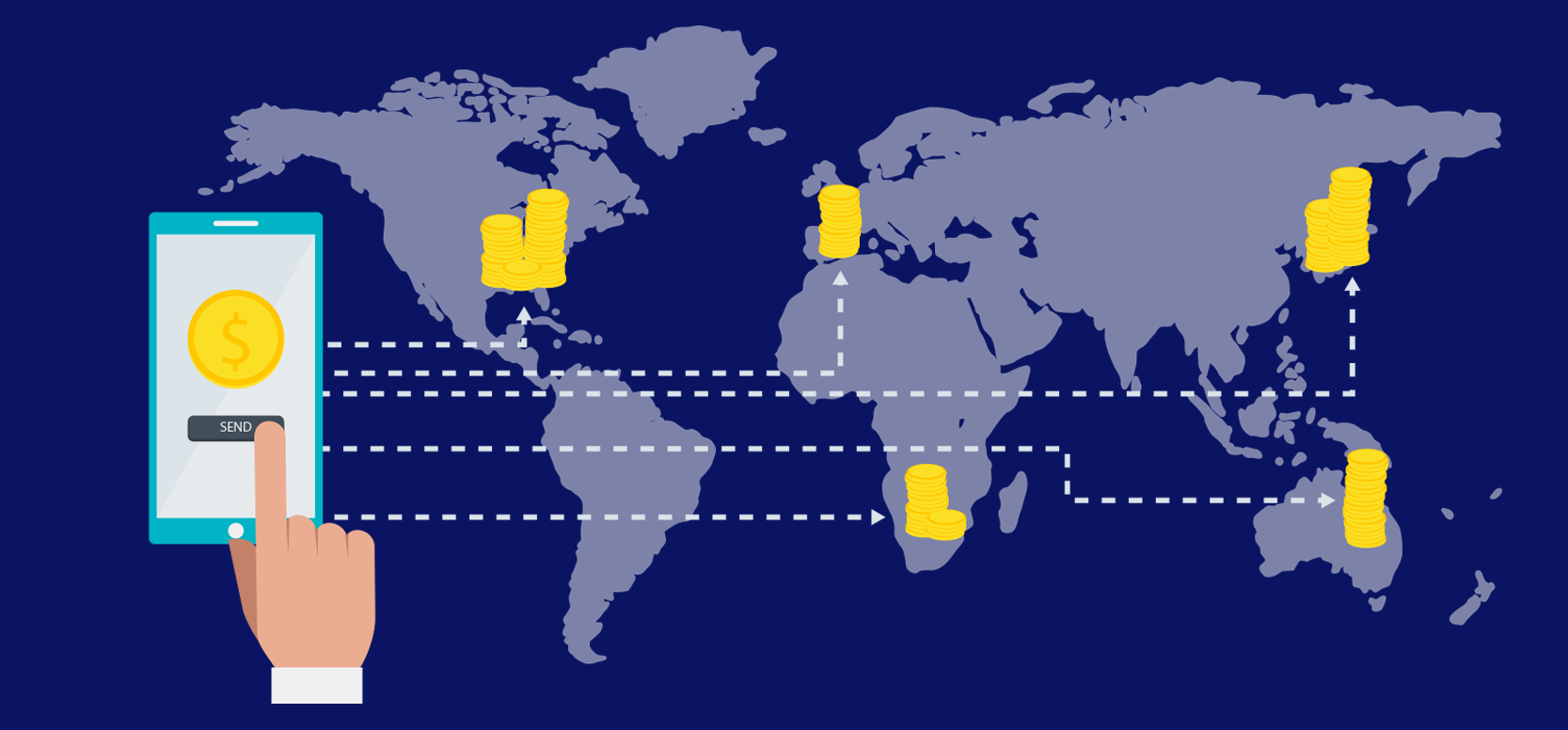
17 Mar Tips to localize your E-commerce store
When targeting these consumers, you have to consider not only the language that is spoken but also the local culture and purchasing preferences. This is because translating a language is only the first step in localizing content. Many concepts and messages don’t get transferred effectively when there is a straightforward literal translation.
Therefore, when rolling out products in a new markets, it is critical for E-commerce websites to adapt their localization strategy for the unique idiosyncrasies of the target consumer.
Below are 5 important steps to take when considering localization of your e-commerce store:
Translate your storefront into the native language
When targeting consumers in a new region, knowing the language / languages spoken is critically important. Knowing the local dialects is also essential. For example, the Portuguese spoken in Brazil is greatly different from that which is spoken in Portugal. The same can be said for Spanish spoken in Mexico to that spoken in Argentina.
Similarly, are there any particular buying queues that consumers prefer. For example, is it formal or informal? What buying messaging are other businesses using?
As a consumer, a company that speaks to you in your native language shows a touch of authenticity that influences your buying decision. Do some research on how large corporations adapt their message to suit the local buying culture.
Adapt the rest of the consumer experience
Apart from translating the storefront, the entire customer experience has to be adapted to suit your new targets. For example, online website help, customer service, checkout process etc., have to be localized in order to best serve your local customer’s needs.
It is also important to balance the preferences of your consumers and your SEO strategy in the target region. For example, how will you organize your multilingual content? Should you consider a top level domain subdomain or subfolder? You should also localize your keywords, alt-tags, meta-tags and titles. All of these efforts, apart from increasing targeted traffic, will improve the local user’s experience.
Alter your marketing campaign and channels
Your marketing campaign has to be adjusted to catch the attention of your target customers. You need to be aware of the channels that the local consumers use in order to get information.
For example, if you rely on social media to promote your brand, you would be using Facebook, Instagram, Twitter and Pinterest. However, these may not be the most popular social media channels in your target country. For example, in Russia, the most popular network is VKontakte and in China it is Weibo and Qzone. The latter has over 654 million active users per month, which is approximately double that of Instagram. This is no doubt a massive oppurtunity. You should adapt your social media marketing strategy to target your customers in these channels.
Take note of national holiday / shopping days
We are all well aware of days such as thanksgiving and black Friday. However, there are days such as El Beun Fin in Mexico, Diwali in India and singles day in China. Singles day is celebrated on the 11th of November every year. During last year’s singles day, Alibaba recorded a record $14.32 billion in sales transacted on its platform.
Knowing the national shopping days in your target country will allow you to take advantage of lucrative opportunities for increasing sales.
Explore the potential of a localized mobile app
In many emerging markets, mobile penetration is more relevant than web penetration. This is usually as a result of the lack local fixed line infrastructure. For example, in 2015, there were 1.3 billion mobile phone users in China and in 2016, this is expected to account for 49% of all retail e-commerce sales. In order to tap this potential market, one should consider launching a mobile app optimized for the local conditions.
The world is more global today than it has ever been before. It is therefore essential to do the research on markets where you think your e-commerce store could expand sales. Once you have identified your new target consumers, our E-commerce translation specialists will assist you with your professional translation. Don’t leave money on the table internationalize your store today!


